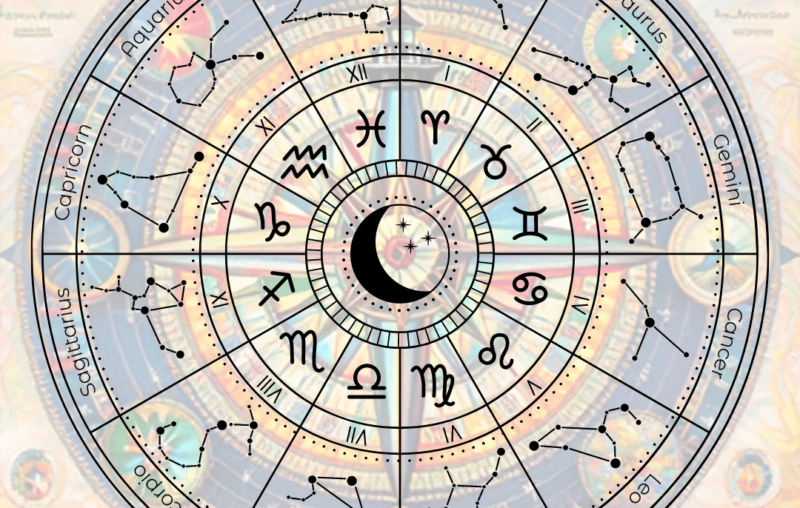Astrological Secrets: Understanding the Numbers on a Natal Chart
Understanding the numbers on a natal chart is crucial in deciphering the intricate language of astrology. Each number represents a specific degree within a zodiac sign, pinpointing the exact location of planets or astrological points within the cosmic wheel. As an experienced astrologer, let’s delve into what these numbers mean and how they shape the astrological interpretation.
- Degrees and Minutes:
To understand the numbers on a natal chart Think of the zodiac circle like a clock, divided into 360 degrees. Each sign occupies 30 degrees of this circle. The numbers on a natal chart denote these degrees, indicating where planets or other astrological points are positioned within the signs. Additionally, each degree is further divided into minutes, with 60 minutes making up one degree. So, when you see a planet located at, say, 15 degrees and 30 minutes of Aries, it means it’s positioned halfway through the sign of Aries.
- Planet Positions:
The numbers on a natal chart reveal where planets are placed within the signs, offering insights into their influence on a person’s personality and life. For instance, if the Sun is at 15 degrees of Leo, it indicates that the individual’s core essence is infused with Leo’s qualities like creativity, leadership, and self-expression. Similarly, the Moon’s position tells us about emotional needs and responses, while Mercury’s position reflects communication style and thought processes.
- Aspect Patterns:
Apart from planet positions, the numbers on a natal chart also show the geometric angles, or aspects, formed between planets. Aspects signify relationships and interactions between celestial bodies, impacting various aspects of life. A conjunction, for example, occurs when planets are closely aligned, indicating blending energies. Other aspects like trines, squares, and oppositions bring their own dynamics, influencing personality traits, strengths, and challenges.
- House Cusps:
The numbers denote the starting points of astrological houses, marking the beginning of different life areas within the zodiac wheel. For instance, the cusp of the first house, also known as the Ascendant or rising sign, represents how others perceive us and our approach to life. The cusp of the seventh house governs relationships and partnerships. By understanding house cusps, astrologers gain insights into various life domains such as identity, relationships, career, and spirituality.
- Progressions and Transits:
In predictive astrology, the numbers on a natal chart help forecast future trends through progressions and transits. Progressions involve advancing the positions of planets symbolically, often one day equals one year. Transits occur when current planetary positions form aspects to planets in the natal chart. By analyzing these, astrologers anticipate significant life events, shifts, and opportunities.
In essence, the numbers on a natal chart act as cosmic coordinates, guiding astrologers to decipher a person’s unique astrological makeup and predict future trajectories. It’s like reading the story of someone’s life, written in the language of the stars, offering insights and understanding into their journey through the cosmos.



